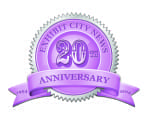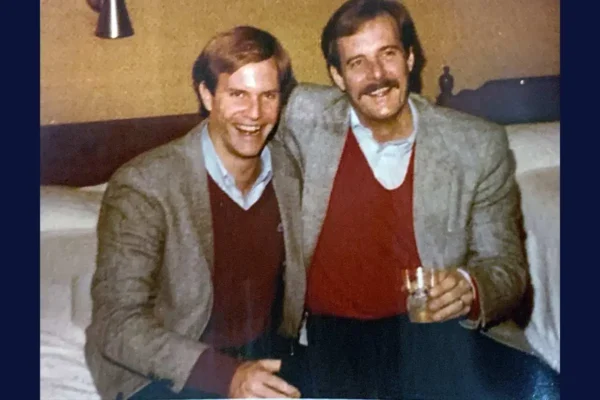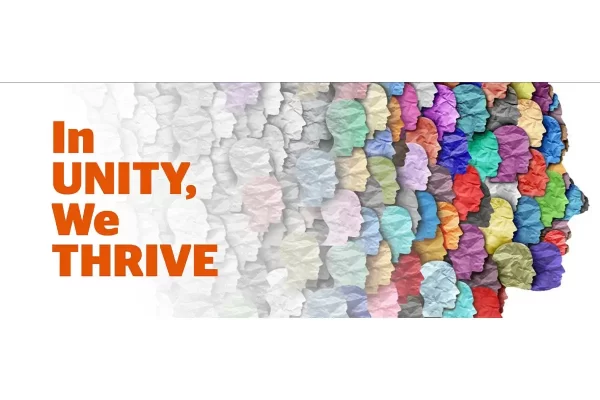 A tradeshow manager from Sydney, an account executive from Bangkok and an exhibit designer from New York walk into a bar – no, the punchline isn’t a jest, in fact, the setup could mean serious business.
A tradeshow manager from Sydney, an account executive from Bangkok and an exhibit designer from New York walk into a bar – no, the punchline isn’t a jest, in fact, the setup could mean serious business.
Situations such as this arise in all corners of the world and involve many moving parts, but one of the driving forces to unite these revolving doors has remained a constant in today’s world: Social media.
 Social profile sites such as Twitter, Facebook, LinkedIn, YouTube and Pinterest have changed the way people interact with one another forever. Whether it’s one of these recognizable outlets we see today or the next up-and-coming mass conglomerate of tomorrow, e-groups are here to stay.
Social profile sites such as Twitter, Facebook, LinkedIn, YouTube and Pinterest have changed the way people interact with one another forever. Whether it’s one of these recognizable outlets we see today or the next up-and-coming mass conglomerate of tomorrow, e-groups are here to stay.
According to some experts, tradeshow managers and exhibitors have the opportunity to create a digital coffeehouse of sorts when it comes to cross-industry interaction within social media.

“When people get to know each other online throughout the year, they want to meet each other in person really badly,” said Traci Browne, author, ‘The Social Tradeshow.’ “I think it encourages face to face interaction because now you’re not meeting strangers.”
In 2012, Browne co-founded a small weekly discussion group on Twitter known as #Expochat, where she and several other moderators host a series of questions throughout the hour, allowing anyone to chime in with their professional feedback. After a while, Browne said, you start to notice the regulars.
“You have your regulars and you have people who will pop in and out depending on where they are in their career, and then you have the people who will just sit and gain knowledge or ideas from everyone’s input,” Browne said.
Discussions in the group range from a variety of topics, such as ways to expand your horizons to find inspiration and ideas for layout, design and marketing of tradeshows and, of course, social media strategies.
“If anyone gives us an idea, we try to tackle it the very next week, so they know there is someone real behind this thing,” Browne said.

Being a part of a real discussion with real people is one of the reasons why Justine Savage, marketing supervisor, Orbus Group, said she continues to log on every week.
“It’s easier to be in touch with what’s going on as far as changes in the industry,” Savage said. “It helps all of us in the industry innovate together instead of separately.”
Savage said she tries to keep Orbus actively involved in what’s going on by staying up-to-date with discussions online regarding the show floor and the industry as a whole – mainly via Twitter – rather than being a “passive” manufacturer.
Despite the belief that Web communication will diminish face to face interaction, or create generation gaps, Savage said that, if anything, it has done the opposite.
“The people I’ve been using social media with, a lot of them aren’t millennials,” Savage said. “To me, it’s made less of a gap because it has made me interact more with people I normally wouldn’t. They know things I don’t and vice versa, so it creates this exchange of ideas.”
Not all content found on social media is valuable to everyone on the show floor, however. Many companies use it to generate a buzz around their booths or products by creating hashtags and posts that link similar users together. That buzz, however, is usually short lived and ends with the show.
Therein is a missed opportunity, according to Browne, who said that to establish real connections in a virtual world, people need to feel engaged, and they need to feel it more often than just the month leading up to or during show time.
“The majority of tradeshows still don’t get it, because they see it as an advertising platform instead of a communication tool. There’s no real conversation taking place. Attendees are so tuned out to the hashtags after seeing so much advertising,” Browne said.
By creating a platform where people can provide feedback and engagement, she continued, you’re putting it in the hands of the attendees.
“You need to have valuable content to be able to use social media correctly,” Browne said. “If you’re doing that all year long, you don’t have to worry about that last advertising push so much.”
Social media usage in tradeshows has been slowly but steadily increasing, and there could be a number of reasons why – lack of resources to devote the time to year-round engagement, or simply the fact that tradeshows were born out of the traditional idea of face to face marketing and interaction.
“I think because tradeshows and face to face marketing are so classic, when something new forms, it’s easy to become fearful of what’s taking its place,” Savage said. “When hybrid events were first mentioned, people thought it would be the end of tradeshows as we know it, but instead, it’s helped them thrive.
 “With social media, you still have this live event going on, but at the same time, you have a community all year-round and not just that one time of year.”
“With social media, you still have this live event going on, but at the same time, you have a community all year-round and not just that one time of year.”
Although Facebook, Twitter, LinkedIn and YouTube each offer specific social services that could benefit different audiences, both Savage and Browne agreed that Twitter is one of the most popular choices for tradeshow purposes.
Hashtags within Twitter are linked together and can be viewed instantaneously, and a character limit ensures all posts are quick and – hopefully – to the point.





























